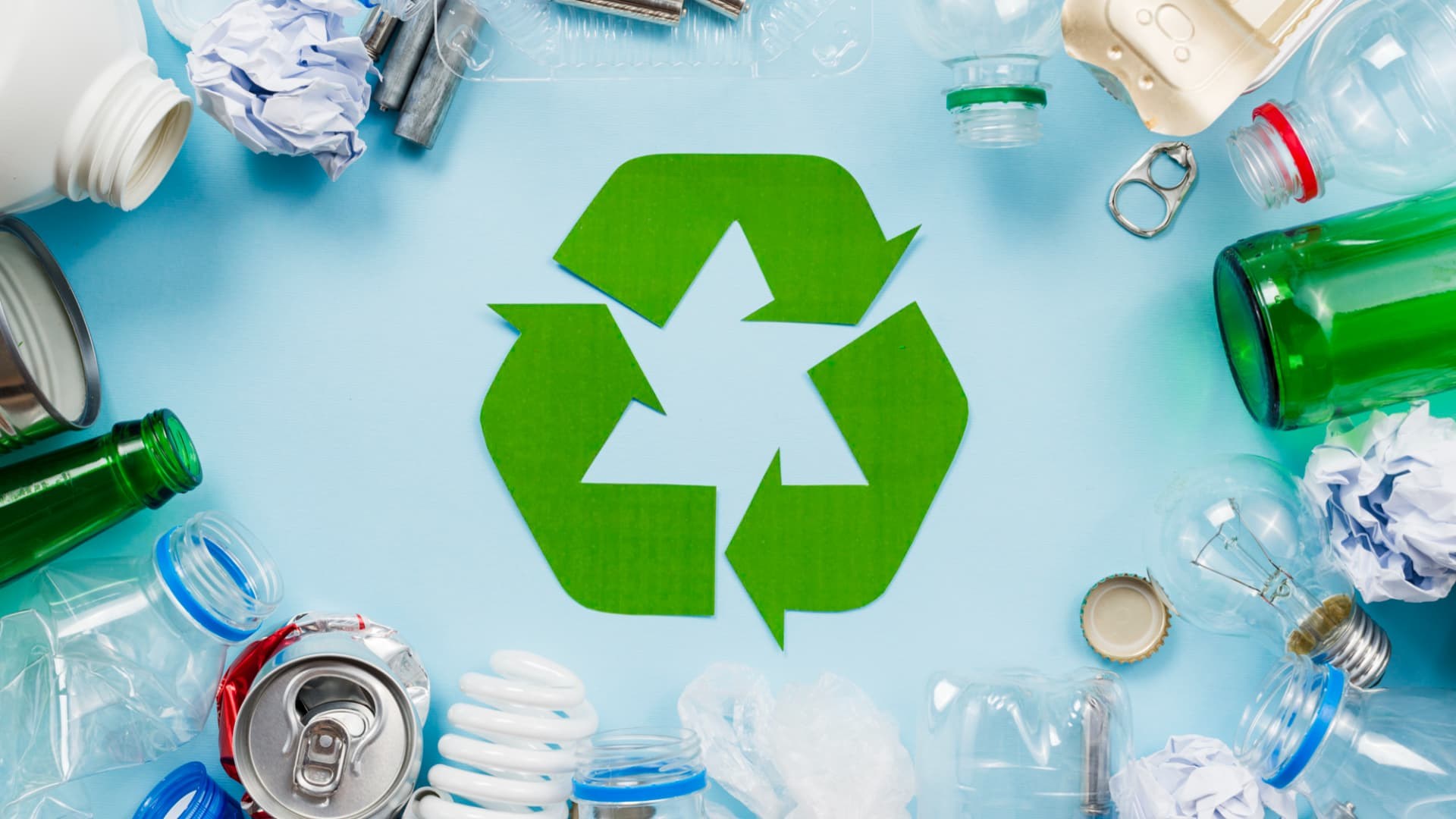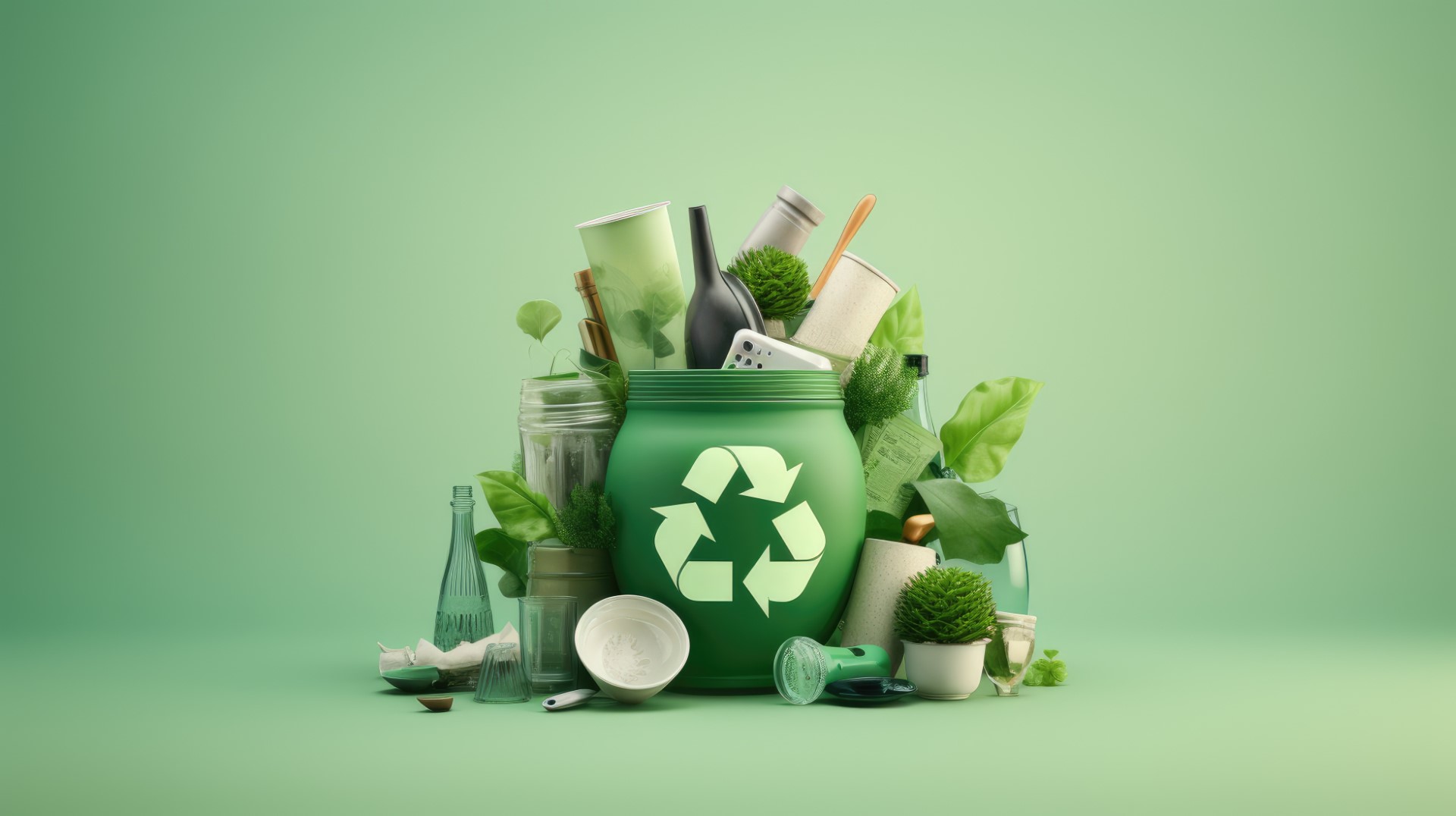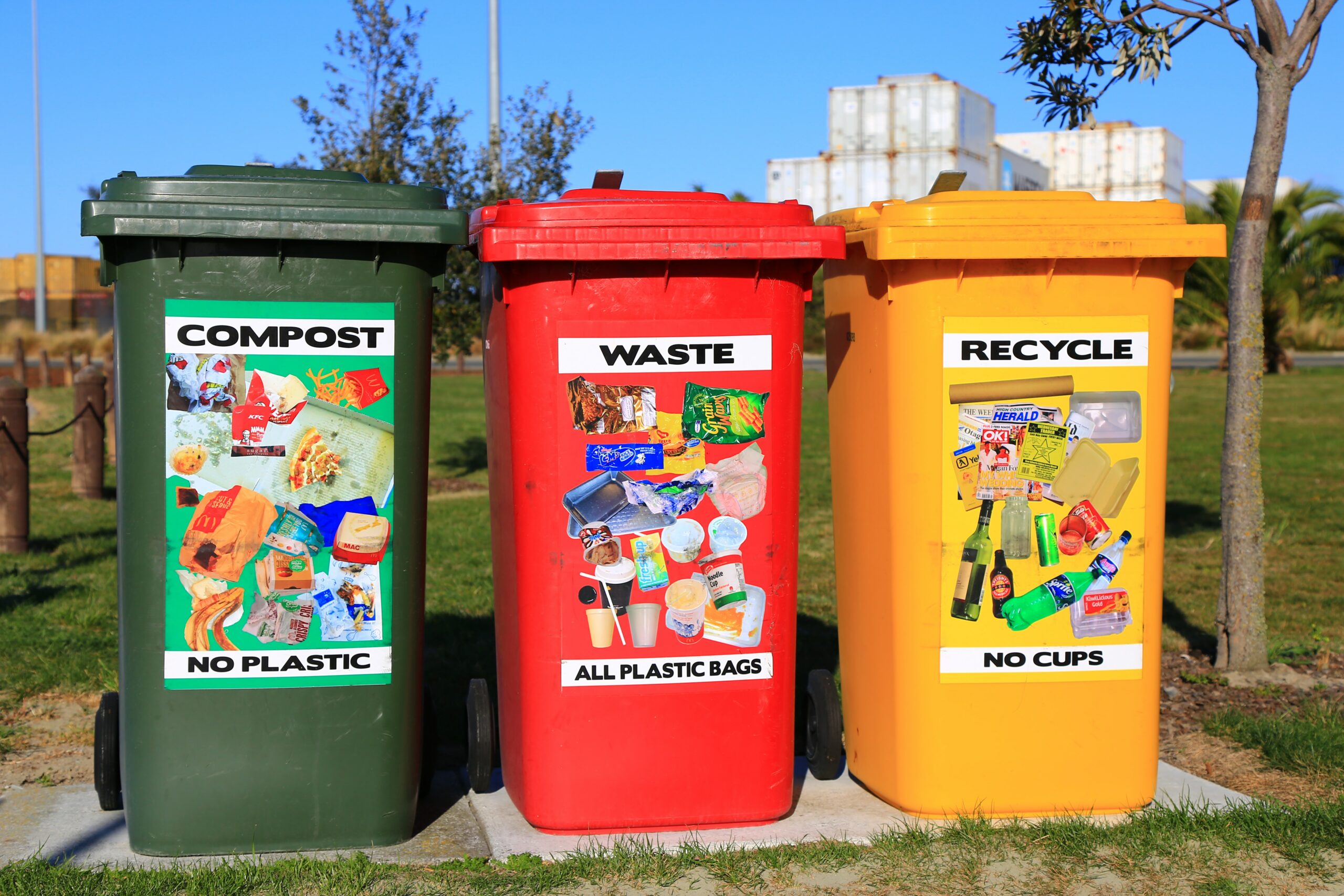Understanding the Category and Handling of Different Kinds Of Waste
Efficient waste management is crucial for environmental sustainability, needing a comprehensive understanding of the classification and handling of numerous waste kinds. House waste, commercial by-products, harmful materials, electronic refuse, and natural remnants each demand unique procedures to make certain safety and decrease ecological damage. Executing right segregation, treatment, and disposal techniques is vital to minimize unfavorable environmental influences and advertise source preservation. The composting of organic waste contrasts sharply with the complex procedures needed to handle harmful substances. This multifaceted method to squander administration highlights its intricacy and the critical requirement for specialized expertise in this domain name.

Household Waste
House waste, incorporating a wide range of thrown out materials produced from everyday living tasks, stands for a considerable element of the total waste stream - recycling lives services. This category includes organic waste such as food scraps, lawn clippings, and paper items, together with not natural materials like plastics, steels, and glass. The diverse nature of household waste requires efficient category and monitoring to reduce environmental influence and advertise sustainable living methods
Reliable house waste monitoring begins with segregation at the resource, helping with recycling, composting, and safe disposal. Organic waste, for circumstances, can be composted to generate nutrient-rich soil modifications, decreasing garbage dump concern and improving soil health and wellness. Recyclable materials, consisting of paper, glass, and certain plastics, can be refined and repurposed, decreasing and conserving sources energy intake connected with new product production.
In addition, unsafe home waste such as batteries, digital tools, and cleaning chemicals calls for specialized managing to prevent soil and water contamination. Public awareness campaigns and convenient disposal alternatives play important functions in guaranteeing correct disposal and recycling of these materials. By applying durable waste reduction strategies and fostering community involvement, towns can considerably alleviate the environmental footprint of household waste.
Industrial Waste
Industrial waste, a significant factor to international waste generation, incorporates a varied range of products produced by production, building, and various other industrial tasks. Reliable monitoring of commercial waste is important for decreasing ecological effect and advertising lasting practices.
The handling of hazardous waste normally involves several processes: collection, disposal, treatment, and partition. Collection systems are created to successfully collect waste products from numerous resources within an industrial operation. Segregation is important, as it makes certain recyclable products are separated from non-recyclable ones, which can be routed in the direction of suitable recycling or disposal networks. Treatment procedures, consisting of physical, chemical, and biological approaches, are employed to reduce the poisoning, volume, and ecological influence of the waste. Ultimately, disposal methods like landfilling or incineration are utilized for waste that can not be reused or dealt with.
Taking on approaches such as waste minimization, resource recovery, and recycling can substantially lower the problem of hazardous waste on the environment, adding to even more sustainable commercial practices.
Contaminated Materials

The category of unsafe waste is normally based on its chemical and physical qualities. Poisonous wastes contain dangerous compounds that can trigger negative health and wellness effects even at reduced concentrations. Harsh wastes can harm or destroy living cells and materials. Flammable wastes can conveniently ignite, posing fire risks, while reactive wastes can cause explosions or launch toxic gases upon call with various other compounds.
Efficient contaminated materials monitoring involves numerous key practices: recognition and partition of dangerous materials, secure transportation and storage space, and proper therapy and disposal. Treatment approaches might include chemical incineration, neutralization, and stablizing. Governing compliance is essential, assisted by structures such as the Resource Preservation and Recuperation Act (RCRA) in the USA, which makes certain environmentally sound and safe monitoring of contaminated visit here materials.
Digital Waste
Digital waste, commonly abbreviated as e-waste, stands for an expanding obstacle in waste monitoring because of the rapid obsolescence of modern technology. This classification includes a wide range of disposed of digital gadgets, including smart devices, computers, tvs, and family appliances. The intricacy of e-waste hinges on its structure; these items contain a combination of valuable products such as gold and copper, in addition to hazardous compounds like lead, cadmium, and mercury.

Regulation and guidelines, such as the European Union's Waste Electric and Electronic Devices (WEEE) Instruction, aim to promote accountable e-waste monitoring. These plans mandate makers to promote the collection and recycling of digital items, consequently minimizing the concern on land fills and minimizing ecological contamination.
Organic Waste
Organic waste, incorporating biodegradable products such as food scraps, yard trimmings, and farming residues, constitutes a significant part of the metropolitan solid waste stream. This kind of waste is significant not only for its volume however additionally for its prospective ecological impact otherwise handled appropriately. Organic waste can decay anaerobically in landfills, creating methane, a potent greenhouse gas adding to environment adjustment.
Proper handling of natural waste entails a number of strategies. Furthermore, drawing away food waste from garbage dumps through contribution programs can relieve food insecurity while reducing waste.
Municipalities and organizations are increasingly acknowledging the relevance of organic waste management. Executing extensive natural waste recycling programs not just reduces ecological impacts however likewise aligns with more comprehensive sustainability objectives, promoting a round economic situation where sources are consistently recycled and repurposed.
Conclusion
Effective waste administration and ecological protection necessitate a thorough understanding of the classification and handling of numerous waste types. Household, industrial, harmful, digital, and natural waste get more each call for distinct procedures for partition, therapy, and disposal. Correct monitoring reduces environmental effect, preserves sources, and promotes sustainability. Applying appropriate approaches for each waste type makes certain risk-free and accountable waste administration techniques, eventually adding to the protection of environments and public health and wellness.
Effective waste management is crucial for environmental sustainability, needing an extensive understanding of the category and handling of various waste types.Family waste, including a broad selection of thrown out products created from day-to-day living tasks, stands for a substantial component of the total waste stream.Industrial waste, a major factor to global waste generation, includes a varied array of materials generated by manufacturing, building and construction, and various other industrial activities (recycling lives services).Harmful waste, an important issue in waste monitoring, consists of products that posture significant risks to human health and wellness and the atmosphere due to their harmful, destructive, combustible, or responsive homes.Organic waste, incorporating biodegradable products such as food scraps, lawn trimmings, and agricultural deposits, constitutes a substantial part of the local strong waste stream
 Devin Ratray Then & Now!
Devin Ratray Then & Now! Richard "Little Hercules" Sandrak Then & Now!
Richard "Little Hercules" Sandrak Then & Now! Michelle Trachtenberg Then & Now!
Michelle Trachtenberg Then & Now! Tonya Harding Then & Now!
Tonya Harding Then & Now! Jane Carrey Then & Now!
Jane Carrey Then & Now!